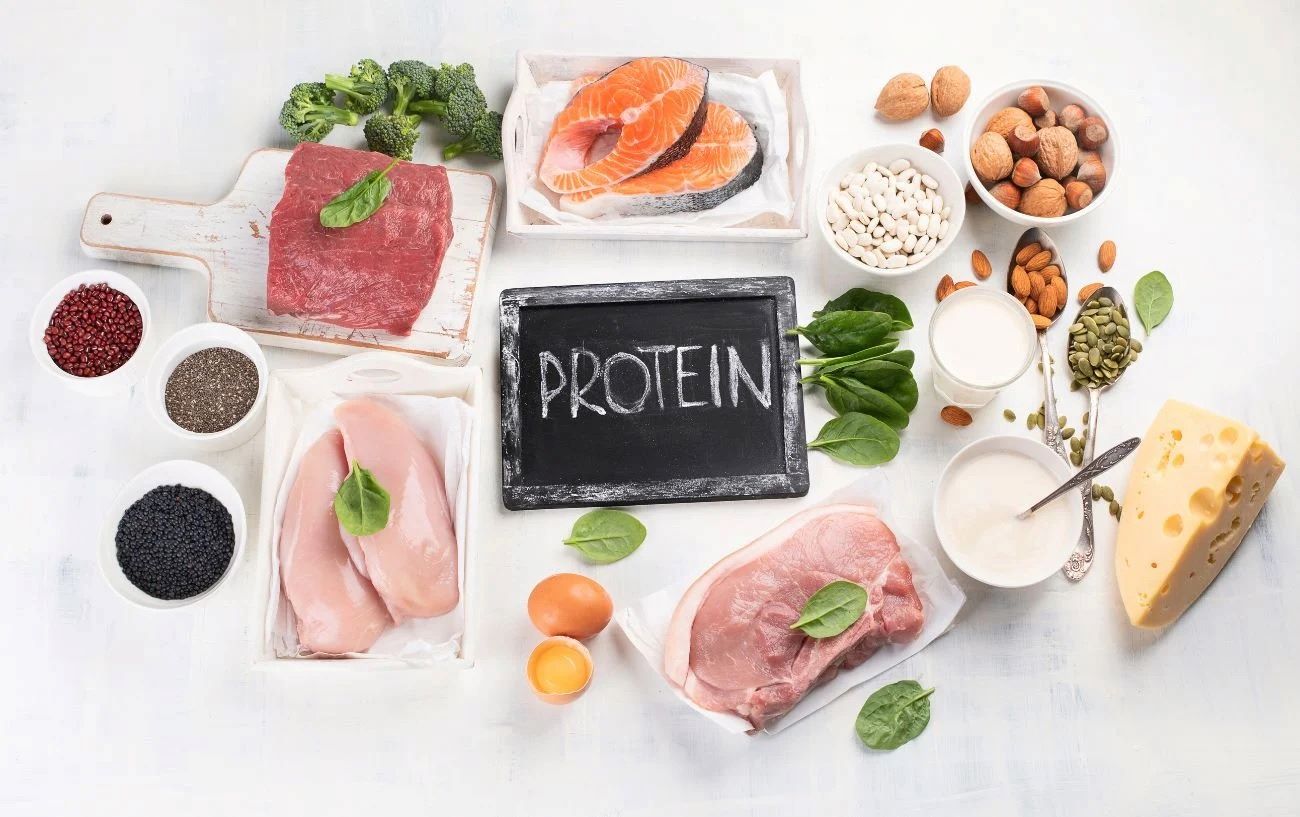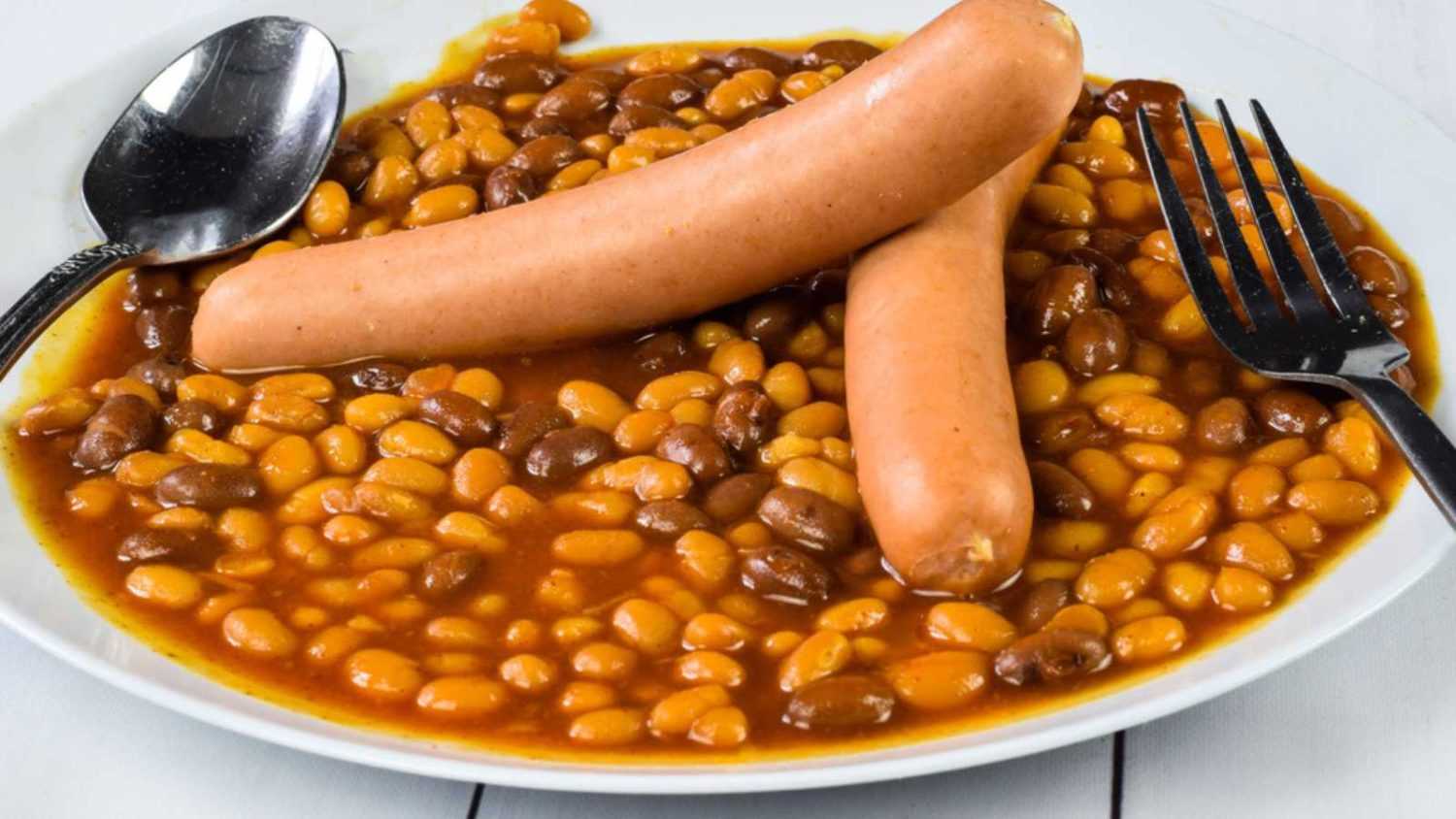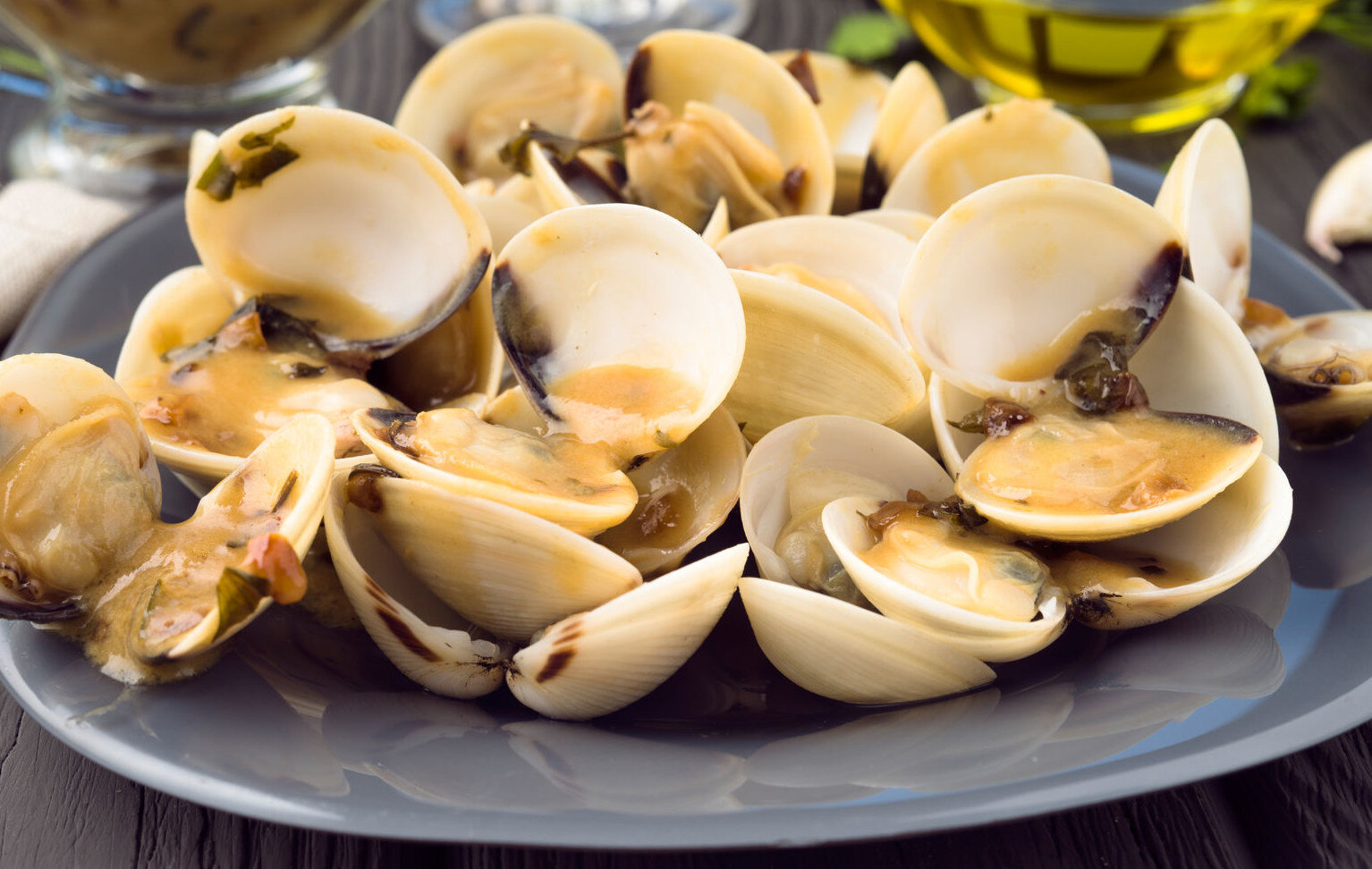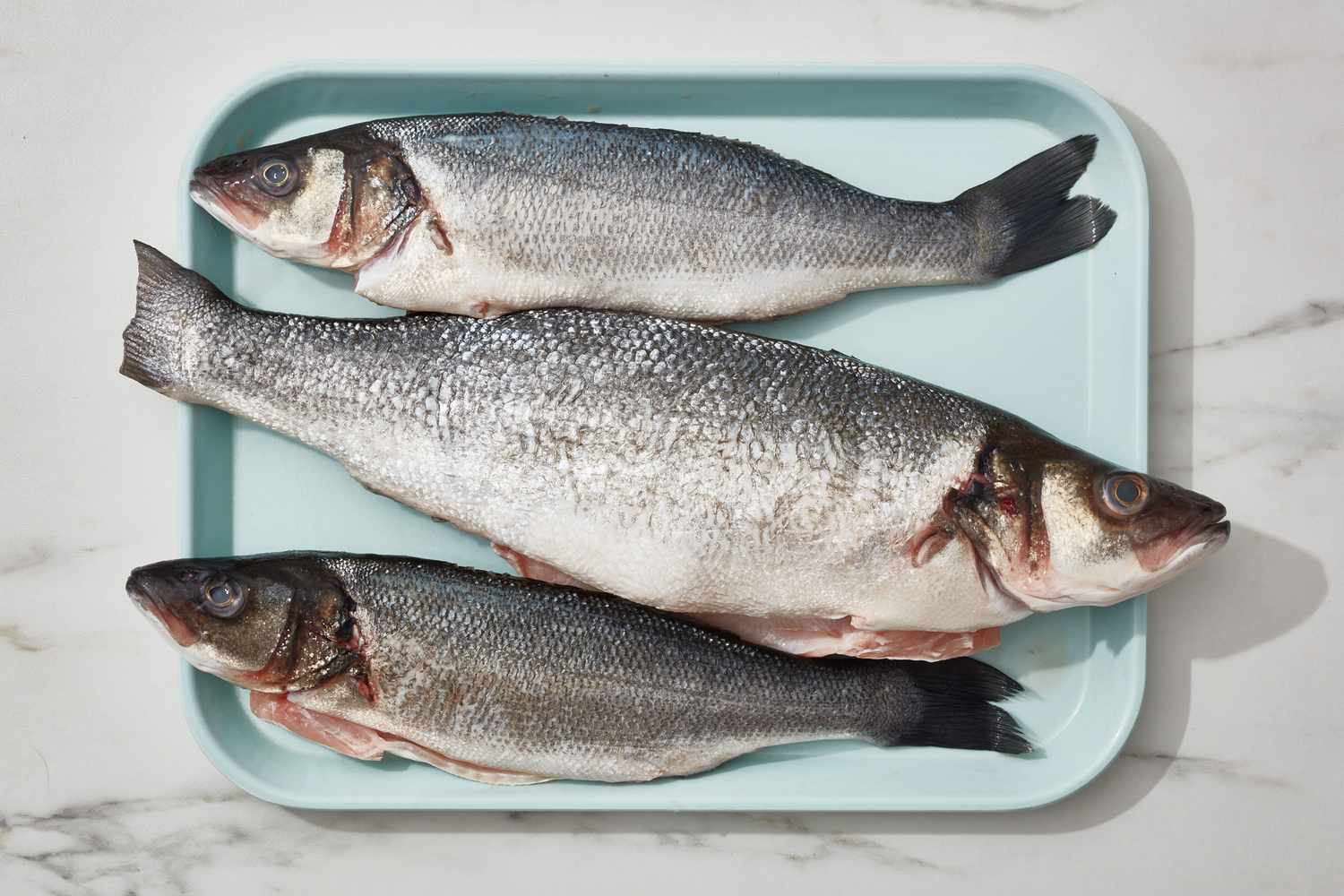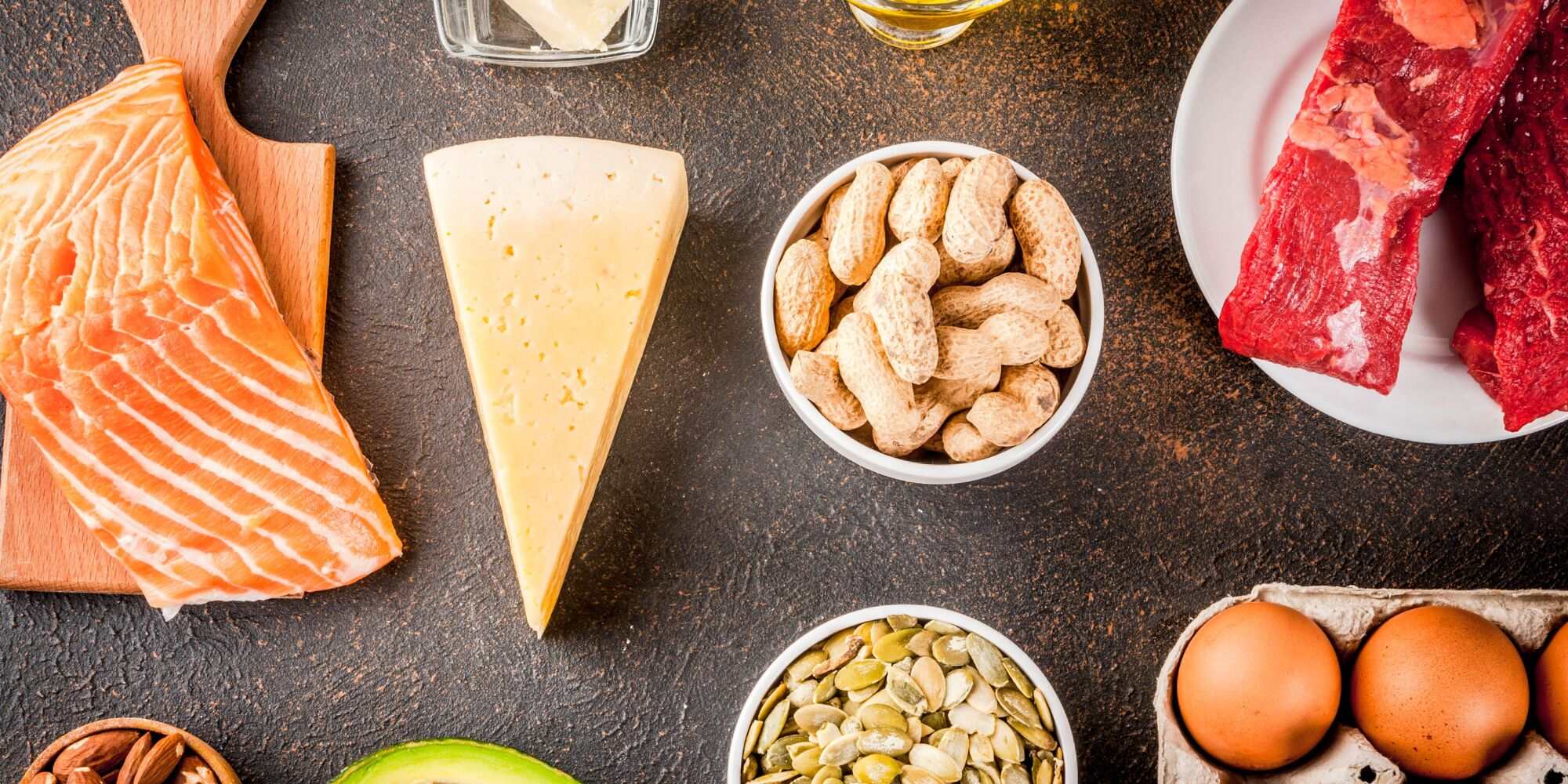What is a Calorie Surplus?
A calorie surplus occurs when you consume more calories than your body needs to maintain its current weight. This excess energy is then stored as fat, leading to weight gain. While some people may want to avoid a calorie surplus in order to lose weight, others, such as athletes or those looking to build muscle, may intentionally eat in a calorie surplus to support their goals.
How to Eat in a Calorie Surplus
If you’re looking to intentionally eat in a calorie surplus, it’s important to do so in a way that supports your overall health and fitness goals. Here are some tips to help you navigate eating in a calorie surplus:
1. Choose Nutrient-Dense Foods
When aiming for a calorie surplus, it can be tempting to reach for high-calorie, low-nutrient foods. However, it’s important to prioritize nutrient-dense options to support your overall health. Focus on incorporating plenty of fruits, vegetables, lean proteins, whole grains, and healthy fats into your diet.
2. Increase Portion Sizes
One of the simplest ways to eat in a calorie surplus is to increase the portion sizes of your meals and snacks. This can help you consume more calories without drastically changing the composition of your diet. However, it’s important to do so in a mindful way and pay attention to your body’s hunger and fullness cues.
3. Include Healthy Fats
Healthy fats, such as avocados, nuts, seeds, and olive oil, are calorie-dense and can help boost your calorie intake. Additionally, they provide essential nutrients and support overall health. Be mindful of portion sizes, as fats are more calorie-dense than protein and carbohydrates.
4. Prioritize Protein
While increasing overall calorie intake is important, it’s also essential to prioritize protein to support muscle growth and repair. Include sources of lean protein, such as chicken, fish, tofu, and legumes, in your meals and snacks.
5. Snack Smart
Incorporating calorie-dense snacks into your routine can help boost your overall calorie intake. Snack on nuts, nut butters, dried fruits, and yogurt to add extra calories to your day.
6. Stay Hydrated
Drinking enough water is important for overall health and can support digestion and nutrient absorption. While it’s essential to focus on calorie-dense foods, be sure to also prioritize hydration throughout the day.
Monitoring Your Progress
When eating in a calorie surplus, it’s important to monitor your progress to ensure that you’re meeting your goals in a healthy way. Keep track of your food intake, body weight, and physical performance to make adjustments as needed. Additionally, consider working with a nutritionist or dietitian who can provide personalized guidance based on your individual needs and goals.
Conclusion
Eating in a calorie surplus can be a strategic approach for those looking to support muscle growth and athletic performance. By focusing on nutrient-dense foods, increasing portion sizes mindfully, and prioritizing protein and healthy fats, you can navigate a calorie surplus in a way that supports your overall health and fitness goals. Remember to monitor your progress and make adjustments as needed to ensure that you’re meeting your goals in a sustainable and healthy manner.

